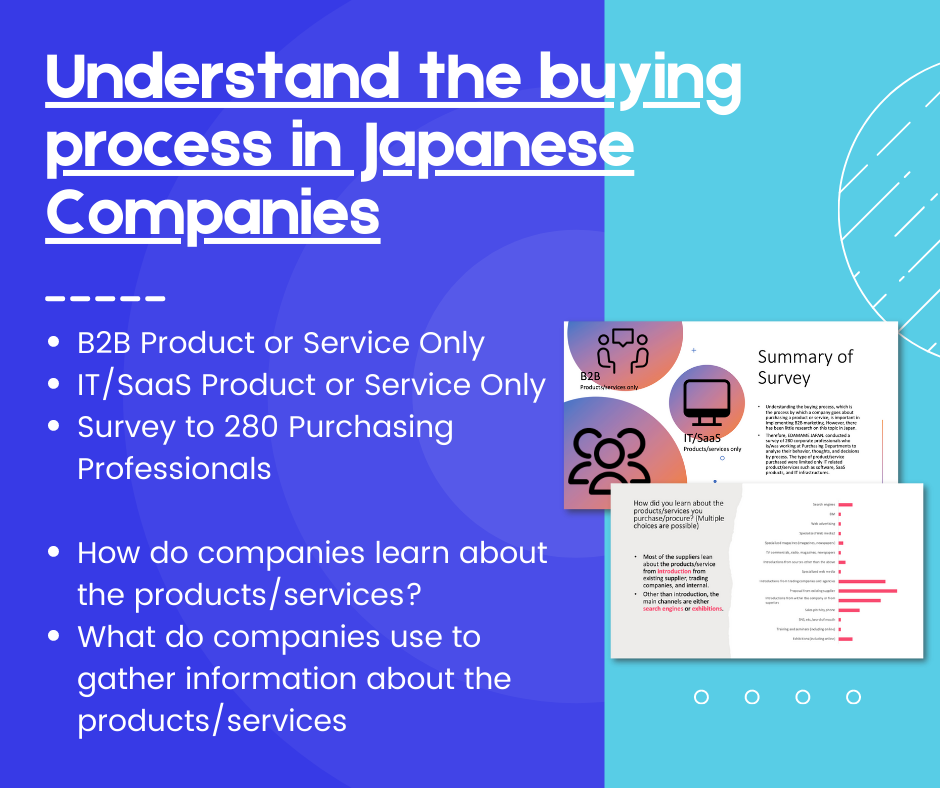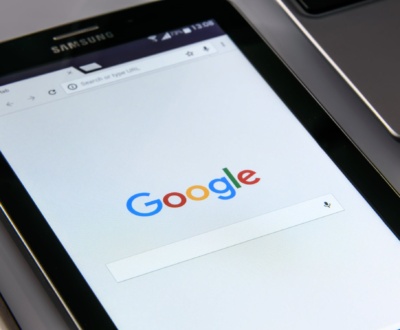The Complete Guide to PPC (Pay-Per-Click) Ads in Japan
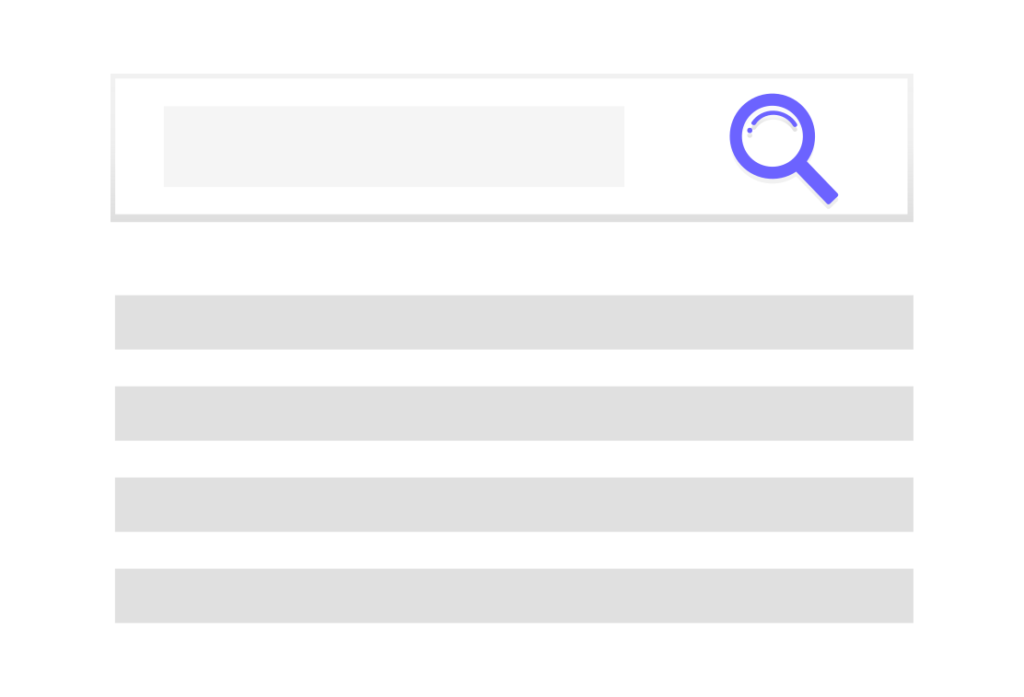
There is not much difference in running Pay-Per-Click (PPC) Ads in Japan from English.
Still, you want to be careful on some points to make your campaign successful in Japanese PPC campaigns.
I will introduce the step by step guide to set up and run PPC advertisements in Japanese for the Japanese market.
- Why you need to begin with PPC Ads in Japan before SEO
- Chose the right search engines for Japanse PPC Ads
- Keywords Research for Japanese PPC and never translates English Keyword.
- Target Right Audience by understanding Japanese cultures and lifestyle
- Formulate attractive PPC headlines and descriptions in Japanese
- Optimize The Landing Page
- Constant Optimization of Japanese PPC Campaign
- The final thought on Japanese PPC advertisement
- See our PPC advertisement case studies
Why you need to begin with PPC Ads in Japan before SEO
I would always recommend beginning with PPC advertising if you would like to market your services or products in Japan.
Search engine optimization (SEO) is also essential, but it takes a fair amount of time. While you can draw traffics and the right type of prospects into your websites immediately using PPC.
Thus, PPC is a useful tool to validate your services or products market fits into Japan early before spending resources and effort in other marketing activities like SEO.
If you can get conversions and the right prospects for your products and services with PPC ads right way, you should start working on SEO to capture the organic traffic.
If you cannot have any conversions even you inject adequate amounts of traffic into your page, there is something wrong with your landing page structures and value proposition. In that case, you might want to work on your landing pages or reevaluating your values before wasting your time and money on other marketing.
Simply, if PPC does not work, SEO will not work. Thus you might always start with PPC ads in Japan to see your market fit in Japan.
Chose the right search engines for Japanse PPC Ads
First of all, you have to choose the right search engines for setting up your PPC campaigns. Every country has its dominant search engines. You should focus only on these countries’ main search engines for PPC ads.
In Japan, Google is still the dominant search engine widely used by any users. However, some people still use Yahoo! JAPAN and Bing search engine.
Because a large portion of the Japanese depends on their daily search on Google, it is always good to start with Google Ads for PPC, and as you begin to get some wins in there, you can begin creating similar campaigns in Yahoo! Japan Ads.
On average, 75% of Japanese use Google, while others use primarily in Yahoo! JAPAN.
Related article: Search Engines in Japan | What is the most popular? Share a Trend
Keywords Research for Japanese PPC and never translates English Keyword.
You should not use translated Japanese keywords from your English keywords; even you were getting results in these original keywords.
For anyone who speaks more than one language, it is often the case where the direct translation of the word has slightly different meanings in other languages.
This difference is significant in the web search where people try to find answers with a minimal amount of inputs or typing into Google or Yahoo search boxes.
Therefore you should always conduct in-depth keyword research for your products or services, and it also gives you useful insight into Japanese demands and markets.
The keywords research in Japanese for PPC ads usually takes place in the following three steps.
Discovery of relevant keywords
You may use your English keywords as “seed keywords” for Japanese keywords in PPC; still, you shall not Google-translate your keywords.
First, you should have a clear understanding of your products or services and your customer pains and needs. Then it is time to think about how the customer would search the words for their solutions.
These steps include not just typing keywords in the Keyword Planners in Google Ads but also research on competitors’ sites, reading through the online forum, and conducting interviews or surveys if necessary.
Refining the keywords
Once you collect all the possible keywords, you’d better refine them and keeping most relevant to your services or products.
You want to only focus on “money-making keywords.” Some keywords do not yield any results even they have a high volume of average searches.
Categorizing and grouping for PPC campaigns
The grouping of keywords to relevant needs or topics is essential to have optimal results in PPC campaigns in Japanese because you want to use the most pertinent advertising copies and the most relevant landing pages for these keywords groups.
The optimization of PPC is not only about keywords, but also for ads copies and landing pages. It always comes together.
Therefore, categorizing and grouping keywords for PPC campaigns at this stage is critical to run the successful PPC ads in Japanese.
Related article: How Keyword Research in Japan had done in 3 steps: Case Study
Target Right Audience by understanding Japanese cultures and lifestyle
Like other PPC campaigns in your language, targeting the audience is crucial for the successful Japanese PPC campaign.
You should have a better understanding of your target customers’ lifestyles.
For example, most of the adult working class in Japan do not have extensive access to their smartphones or PCs during weekdays, except they are not working.
The usual working hour in Japan is from 9 am to very late with one lunchtime from noon, and they usually commute using the train.
Thus, most working-class Japanese people reach the internet from 7 to 8 am on the train through mobile, noon to 1 pm, and internet access rises as the day gets late after a long working hour, peaking at midnight. (For your information, Japanese stay up late night.)
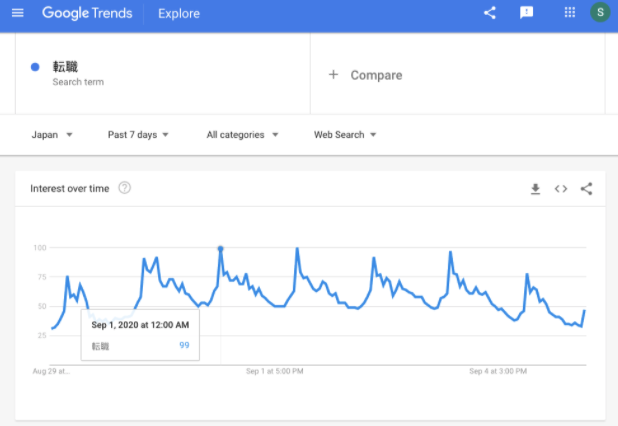
Also, most people working in Tokyo do not live in Tokyo but live in prefecture around it.
Therefore, if you want to target only working-class Japanese people in Tokyo on weekdays effectively, your campaign setting should focus on mobile in daylight, mobile and PC at night, and location should include Tokyo with prefectures around.
Targeting B2B customers is the same story. For example, every Japanese city has different characteristics in their industries. Therefore, targeting the right location for your PPC campaign by understanding these geographical traits leads to an effective campaign.
Formulate attractive PPC headlines and descriptions in Japanese
Again, you should never directly translate your original PPC headlines and descriptions into Japanese PPC campaigns. There are two reasons for that.
Copies vs. Translated Sentences
First and for most, Translated documents and copies are entirely different things. People may understand your translated copies; however, it usually looks “translated,” and it is not appealing for them at all.
The PPC headlines and descriptions should mention why the customer cares that site and their pain points with the keywords you are bidding in their words, in this case, the Japanese language.
Therefore, you should always write your copies using exact words the customer potentially using or thinking, which the machine translation cannot do.
You should also care about some fundamental grammar differences with Japanese; for example, the Japanese often drop the subjective genitives like “I,” “We,” “It,” and “They” for short sentences like headlines.
The pixel length differences
The max word length in Google Ads PPC headline is 30 letters in English. Do you think it holds the same in Japanese letters too?
The answer is NO. The Google Ads technically does not take the word’s length by the number of letters, but by the pixel length.
And most of the Japanese letters have the two-pixels length for one letter, with some exceptions. Therefore, if you just translate your copies into Japanese and use Excel =len(A1) to count the letters for Japanese headlines or descriptions, these will not fit for sure.
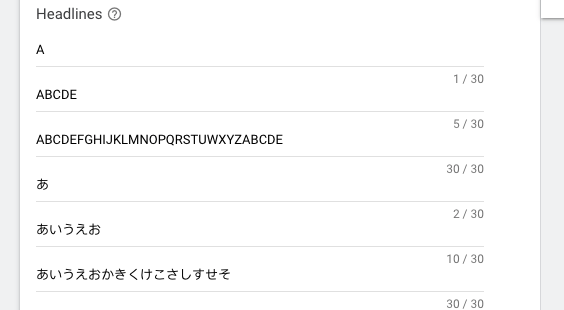
This pixel length difference in Japanese can affect everything on Google Ads PPC, including the headline, description, custom URL, and optional copies.
Thus, in most cases, Japanese copies should deliver the original meaning of the documents with a much shorter length using a combination of Chinese characters “Kanji.”
Optimize The Landing Page
The optimization of the landing pages is similarly crucial as the keywords research and ads copies.
Even if you have the most relevant keywords, the most accurate target audience, and the most astonishing ads copies, the flawed landing pages can waste your efforts and money.
Similar to creating attractive advertising copies above, the landing page copies should be good Japanese copies that use the customers’ languages.
You may also consider the “go-to” landing page structure used most in Japan, depending on the customer profiles and need.
For example, I noticed most of the English landing pages are clean and straightforward with clear CTAs.
However, some performing Japanese landing pages are more elongate, wordy, and many pictures than English ones. There are also must-have components in Japanese landing pages like customer pains, authority proof, and review. It is because the Japanese, as their culture, puts more emphasis on trust when they purchase something.
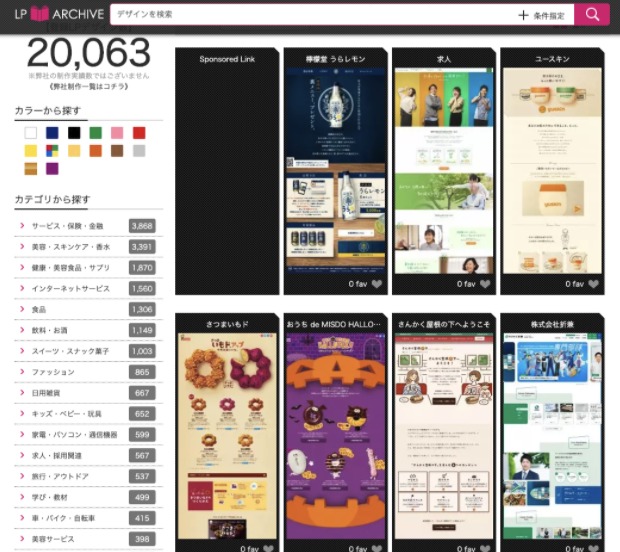
Constant Optimization of Japanese PPC Campaign
The continuous optimization of the PPC campaign is crucial for your success in Japanese.
The optimization process is similar to other languages, such as bidding strategy, updating ads copies, changing max CPC, etc.
Most importantly, however, I would say adding the “negative search keywords” is essential for running successful Japanese PPC campaigns.
Here is my personal experience in managing hundreds of PPC campaigns, both English and Japanese. I noticed, Japanese PPC tends to pick up more irrelevant keywords with broad keywords match.
It may be because of the nature of Japanese keywords, which sometimes one word or one Chinese character has an entirely different meaning or may variants, or maybe Google Ads recommendation may not work well in a broad Japanese match. But it is often the case I get so much irrelevant search keywords.
The exact match or phrase match might work in that case, but I like to put broad match keywords first to discover other efficient keywords that I never thought.
Therefore, if you are running a PPC ad campaign in Japanese, you should pay close attention to the search keywords and actively add the negative keywords.
The final thought on Japanese PPC advertisement
In summary, the successful PPC campaign should not be too different from what is considered successful in other languages’ PPC campaigns.
You should research your customer well, conduct in-depth keyword research, target the right audience, create attractive copies, optimize the landing page, and continuously updating campaigns.
However, because there are significant differences in Japanese language, culture, and lifestyles, you cannot just translate your existing non-Japanese campaigns into Japanese to run successfully.
You should have a deep understanding of the Japanese language, audience profiles, copywriting, and landing pages to obtain the most profit by your PPC campaigns into the Japanese market.
All of these still overwhelming to you? We can help you even you don’t know anything about Japan with our experienced Japanese marketers, researchers, and copywriters. Please feel free to contact us for any chat or questions!
See our PPC advertisement case studies
About us and this blog
We are a digital marketing company with a focus on helping our customers achieve great results across several key areas.



